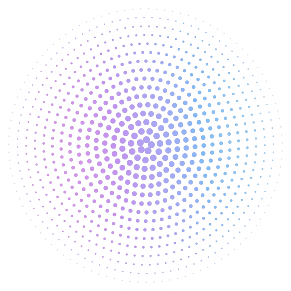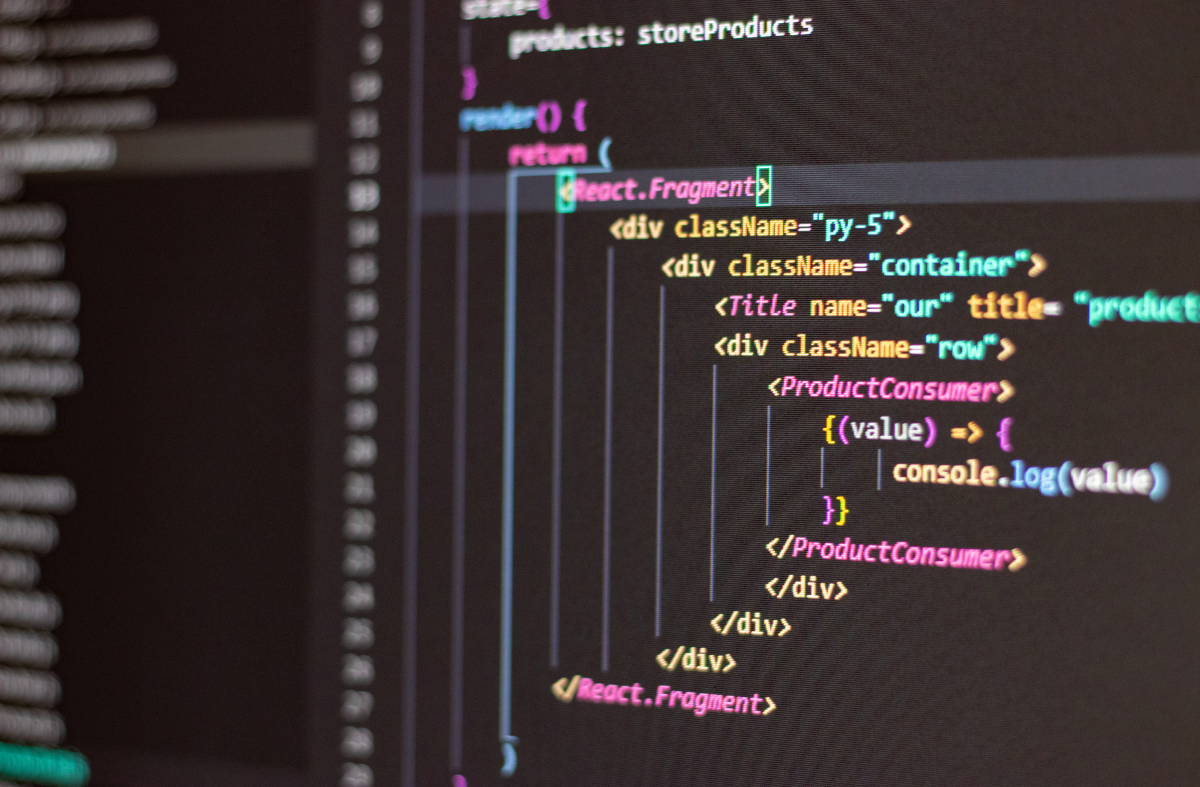Secure, Simpler, and Safer WAF 3.0
WAF 3.0 is a Distributed proactive web security platform designed to defend against several attacks, including SQL injection, cross-site scripting, and remote file inclusion.
Companies are rapidly increasing their usage of Web App, to deliver a solution or service, & App-layer attacks pose a greater risk to productivity & security. Therefore, a WAF is crucial to protect against rapidly emerging Web Sec threats.
Stay Ahead of Web Application Attacks with WAF 3.0
WAF 3.0 offers advanced security features to protect against a wide range of threats. Its hybrid topologies provide flexible and scalable deployment options across different environments, including inline and out-of-band, containers, Kubernetes, and distributed edge and cloud. The WAF’s features for protecting APIs, microservices, IoT, and apps for monitoring anomalies. Additionally, WAF 3.0 includes measures such as input validation, threat modeling, and code review to help protect against business logic attacks and external attack surface attack.
Evolution of Web application firewall 3.0
Web App Security 1.0 Was WAF
CPE or Cloud reverse proxy. Protecting Website against OWSAP Top 10
Web App Security 2.0 was WAAPaaS
CPE or Cloud reverse proxy. Protecting Mo-Apps Against OWASP Top 10, Bots, Basic API Threat
Web Application Security 3.0
WAF uses a Multi-Layered defense approach to protect against Web App Attacks. Deployed in the cloud or on Premises & provides detailed reporting & Analytics on Web App Attacks & Vulnerability
Revolutionizing Web Application Security in Microservice Architecture
WAF 3.0 is based on microservice architecture. Designed to provide several benefits for web application security through flexibility, scalability, and agility. Highly scalable by helping with web applications operate normally even when facing high traffic volumes. Additionally, WAF is designed to be natively compatible with cloud platforms, enabling seamless integration while scaling with high traffic.
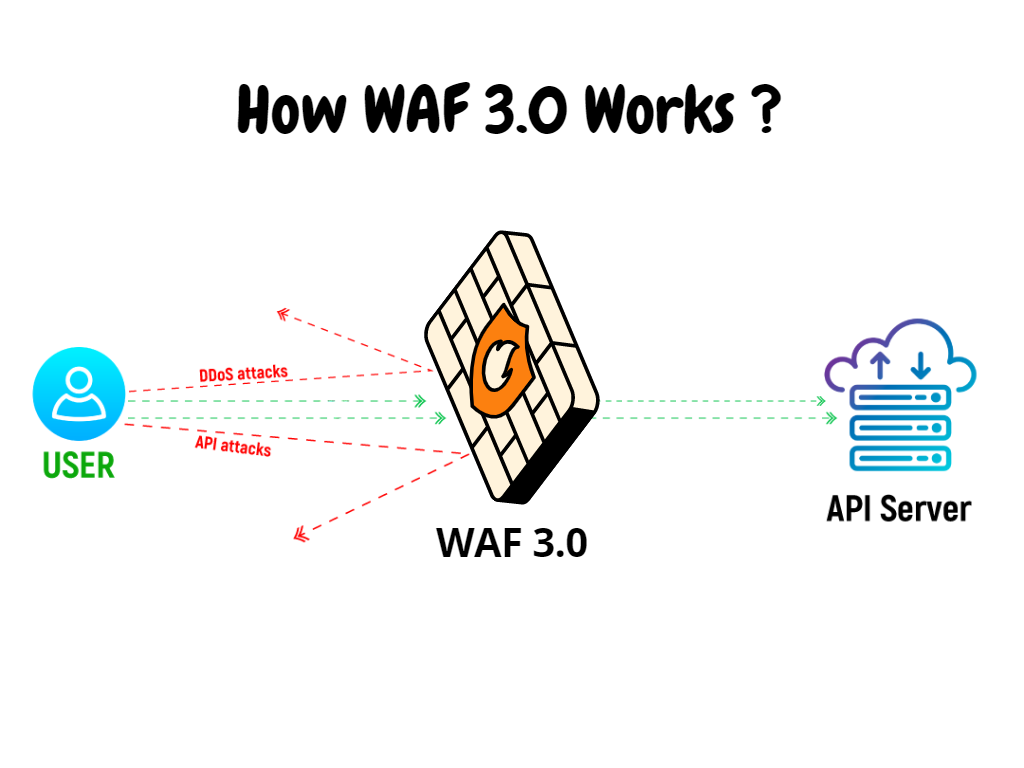
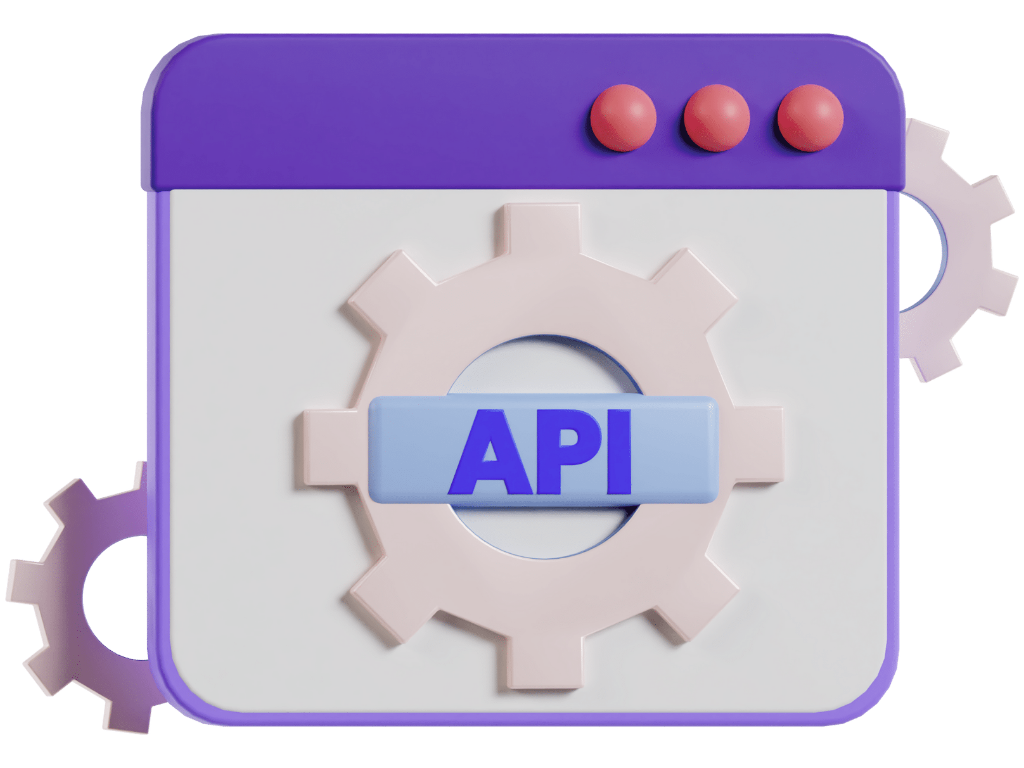
Protect Your API-Based App with Advanced API Security
Advanced API Security, provide safeguard to their API-based applications against attacks. Protects against attacks such as SQL injection, cross-site scripting (XSS), and other malicious threats. It is designed to be flexible and customizable, allowing organizations to create custom rules suited for their specific security needs by ensuring that only legitimate traffic is allowed through which functions in real-time visibility into API usage and alerts organizations to suspicious activity. Deployed on-premises or in the cloud and designed to integrate with existing API gateways, making it easy to implement and manage.
WAF 3.0 API Protection Measures
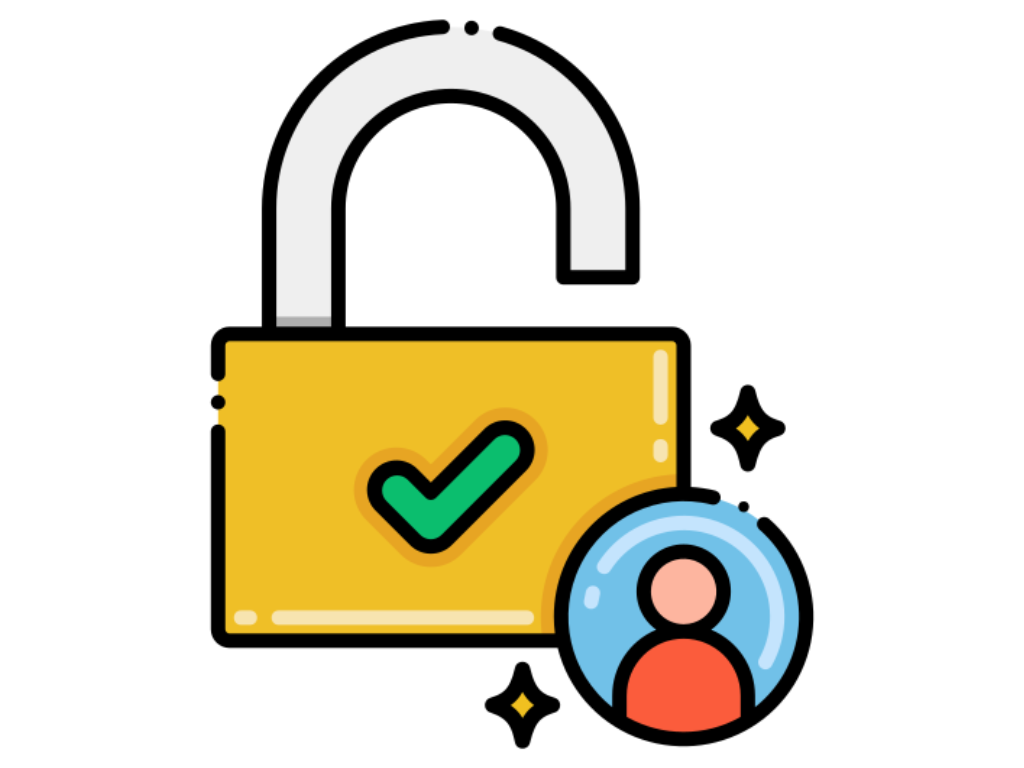
Authorization
Determining the only access levels only of users & App to specific API Resources

Rate Limiting
Limiting the number of API requests that can be made within a specific period to prevent overload
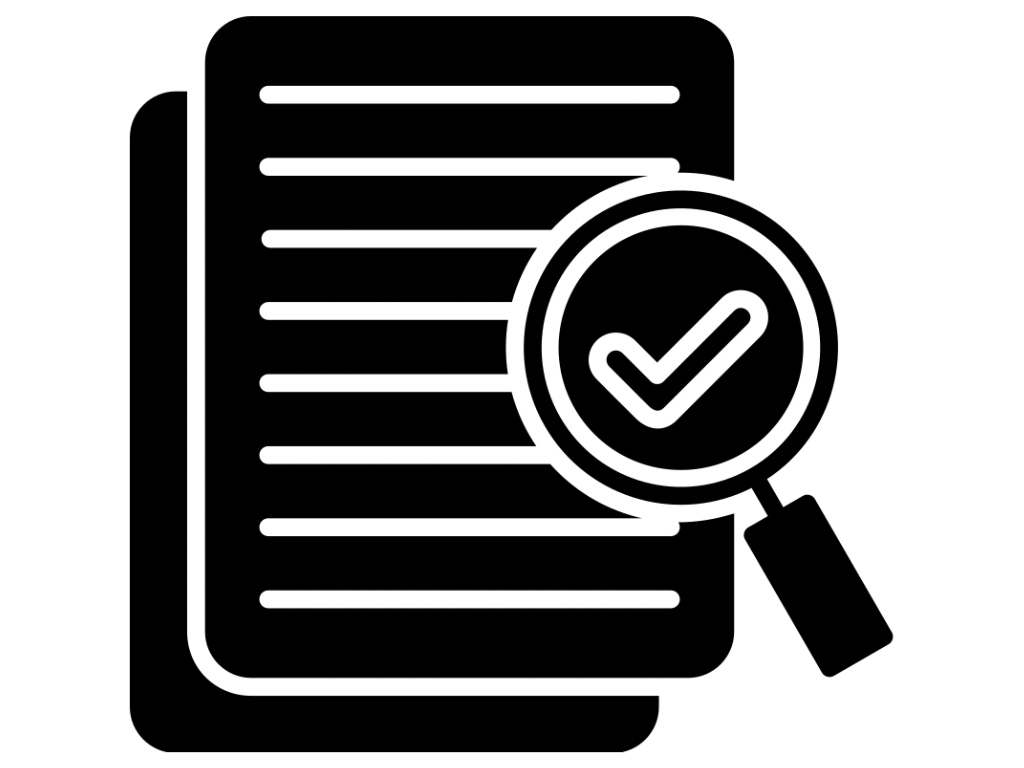
Audit Logging
keeping track of all API requests and responses to enable an analysis & troubleshooting of security incident
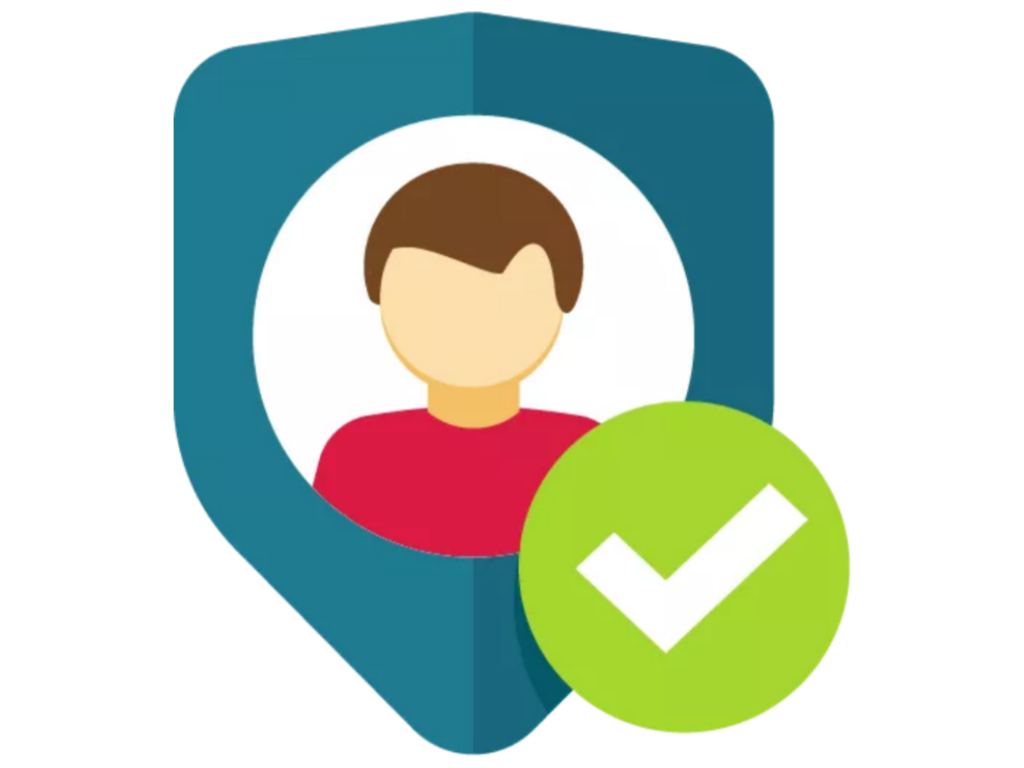
Input Validation
Ensuring all data inputs are valid and do not contain malicious code that could compromise the security of the App Programming Interface
Supports Multi-Cloud / Hybrid Cloud / On-Prem / Kubernetes Deployments
Business Logic Attacks Against Strong Protection
WAF 3.0 utilizes sophisticated techniques, such as behavior analysis, machine learning algorithms, and other techniques to identify anomalous activity patterns that may be indicative of an attack on business logic. Additionally, WAF 3.0 provides flexible rule sets that enable organizations to define rules specific to business logic, enabling them to identify and prevent attacks that seek to take advantage of these vulnerabilities. By using WAF 3.0, businesses can protect their operations and protect their Web-App from attacks against business logic.


Developing advanced DevSecOps capabilities for secure software development.
WAF 3.0 offers a comprehensive suite of DevSecOps tools that enable organizations to incorporate security into the development lifecycles of their software. Through the integration of security testing and validation, developers can ensure that security is a priority throughout the CI/CD pipeline, with implementation taking place at staging, allowing developers to quickly detect and address any security issues. Furthermore, the solution offers comprehensive reporting and analysis of security occurrences.
WAF 3.0 would offer the whole application layer protection & visibility that might scale with the expansion of your traffic. This solution changes the manual processes, increases visibility into your web traffic activities as well as improvement in the incident response time.
Advanced Protection Against Bot Attacks & Layer 7 DDoS Attacks
WAF 3.0 utilizes sophisticated algorithms, including machine learning and behavior analysis, to detect & deny access to bot traffic, guaranteeing that only authorized traffic is permitted to pass through. WAF is designed to protect against Layer 7 Distributed Denial-of-Service (DDoS) attacks, which target application layer vulnerabilities, by providing a comprehensive defense against these attacks through the implementation of techniques, such as rate-limiting, request-based validation, IP reputation filtering, and the identification and blocking of malicious traffic.
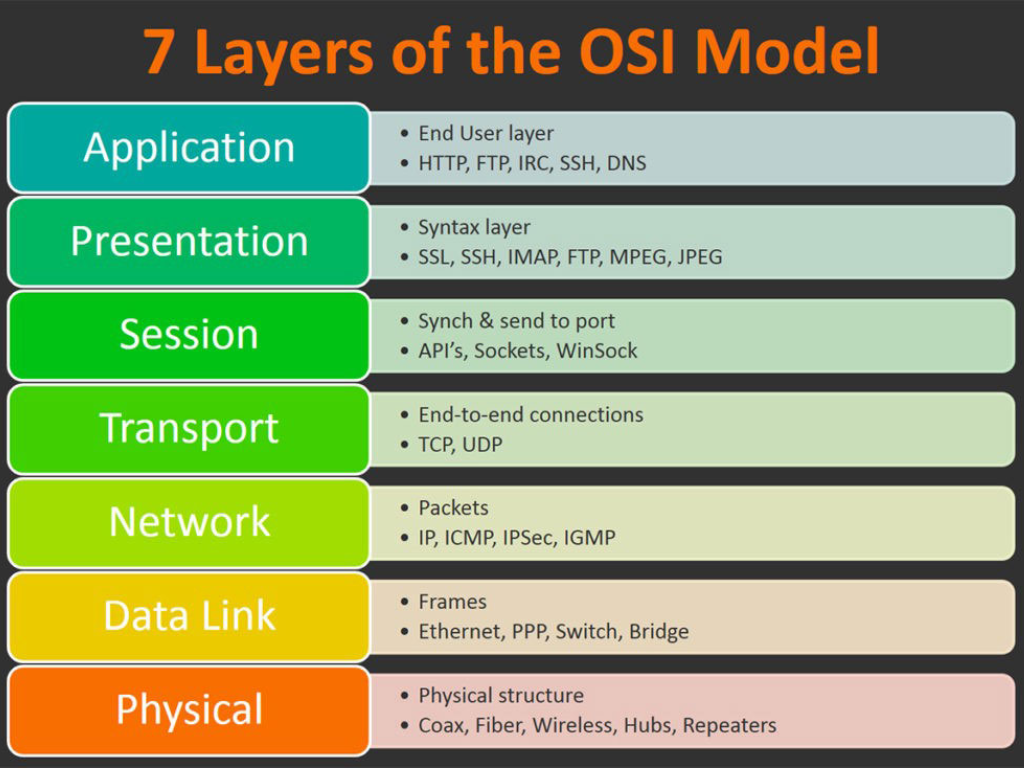
Defending Against Advanced Bots with WAF 3.0
Blocks DDoS Attacks
Stops Content Scraping
Prevents Content Spamming
Protects Against Botnet
Protect Against Malware
Protect Against Malicious Sources
10 Reasons to Buy WAF 3.0
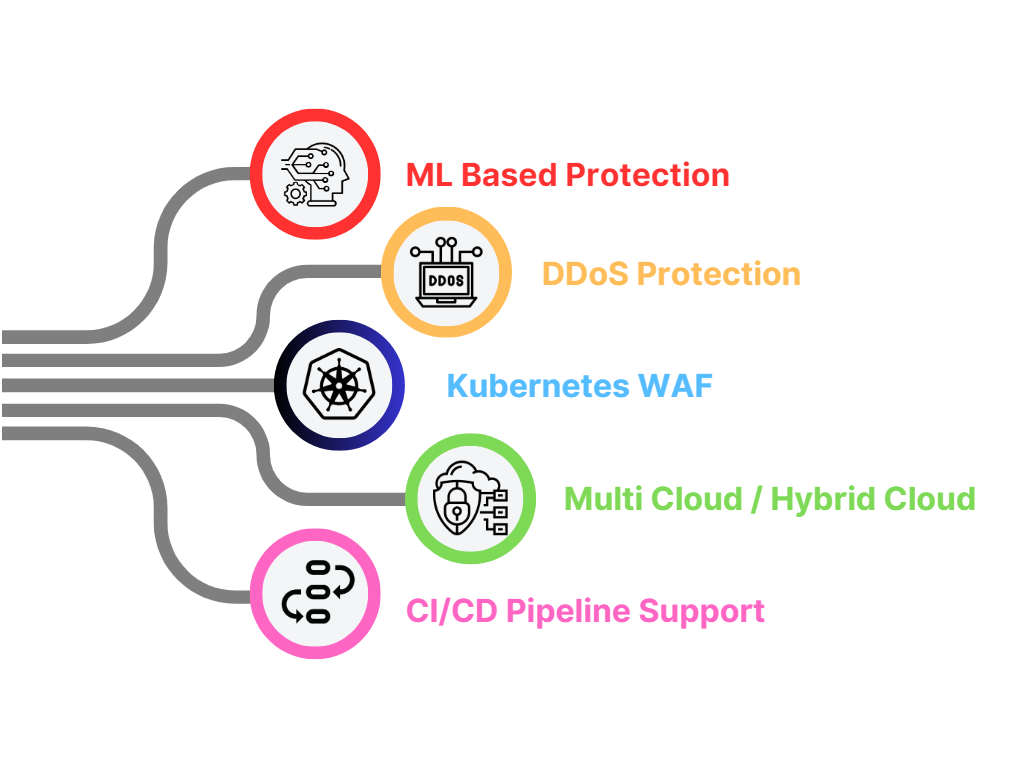

QUERY
frequently asked questions
Any business that uses a website as a source to generate revenue should use a web application firewall to protect business data and services. Organizations that use online vendors should especially deploy web application firewalls because the security of outside groups cannot be controlled or trusted.
-
Some specific types of organizations who may be more prone to web attacks include:
- E-commerce sites
- Online financial services
- Lead generation sites
- Online healthcare services
- Any organization required to follow compliancy standards such as PCI DSS or HIPAA
- Your primary firewall
- Identify application traffic regardless of where it comes in from or it’s destination
- Use Microsoft AD to add user information to traffic and policies
- Packet and application protocol aware
- Inspects traffic at Layer 7
- Can model and learn rules based on the web application
- Protects web applications from OWASP vulnerabilities
- Application and content aware
No. There is no impact on SEO. The only example where this might be an issue, is if the user inadvertently blocks Google IP ranges thinking it’s a malicious scanner. This will not happen with traditional WAF service providers.
WAFs are an important security tool, but they are not a substitute for other security tools and controls.For those that lack appropriate security posture, WAF technologies may be problematic in giving a false sense of security.
